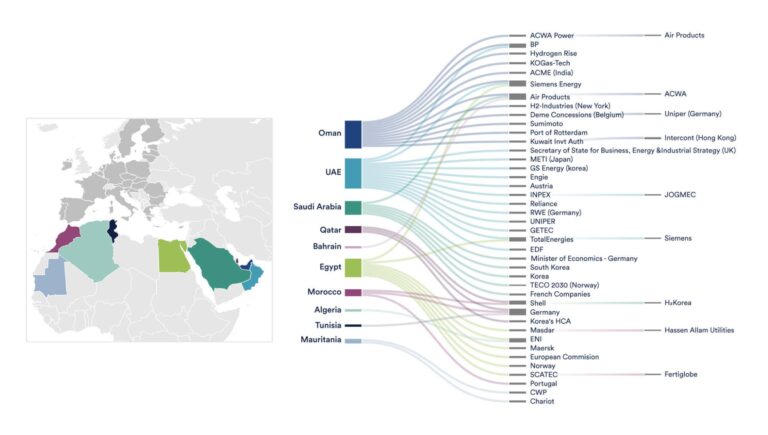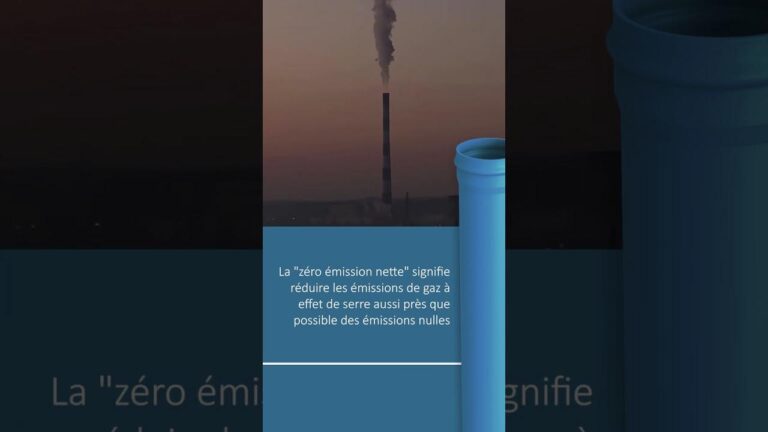In a world increasingly concerned about climate change and sustainability, understanding our impact on the planet is paramount. This is where the concept of the ‘Ecological Footprint’ (EF) becomes significant. This comprehensive guide aims to explore and demystify the concept of the EF, going through its components, applications, criticisms, and importance in dealing with climate change. We will also delve into how it’s measured, showcasing handy tools like the WWF’s Eco Footprint calculator, and exploring ways you can reduce your personal EF. To provide a global perspective, we’ll also highlight some national EF examples, focusing specifically on the United Kingdom in 2022. So, let’s embark on this enlightening journey into understanding our roles and responsibilities towards earth preservation and sustainability.
What is an ecological footprint?
The ecological footprint is a sustainability measure which represents the environmental impact of human consumption and waste production. It measures how much of the earth’s bio-capacity (the ability of the planet’s ecosystem to produce goods and absorb waste) is used up by human activities.
Developed by Mathis Wackernagel and William Rees in the 1990s, the EF has become a critical indicator of the planet’s health. By calculating humanity’s demand on nature, it provides insight into the strain we are placing on our planet’s resources and to what extent we’re living beyond nature’s means.
Carbon footprint or ecological footprint?
While often conflated, the carbon footprint and the ecological footprint are two different, albeit interrelated, concepts. The carbon footprint is a subset of the ecological footprint, specifically referring to the total amount of greenhouse gases, particularly carbon dioxide, produced by an individual, event, organization, or product.
The ecological footprint casts a broader net, considering not only the emission of greenhouse gases but also the total amount of natural resources we consume and the waste we generate. Therefore, while the carbon footprint is a component of the EF, they measure slightly different aspects of human environmental impact.
What is Earth Overshoot Day?
Earth Overshoot Day is a date on the calendar that marks when human consumption surpasses the Earth’s capacity to regenerate those resources in that year. It’s an illustrative way of demonstrating the point at which we begin living beyond our planetary means.
Since the early 1970s, this day has been creeping up the calendar—signalling an increase in our ecological footprint and highlighting the urgency of embracing more sustainable lifestyles.
How is the global ecological footprint calculated and measured?
The eco footprint calculation is a complex equation that involves two major components: the bio-capacity of Earth and our ecological footprint. The bio-capacity refers to the total productive land and sea area that the Earth has, while the EF is about how much of this capacity we humans are using.
Different components such as carbon, food, wood products, cities, and roads make up the ecological footprint. Summing up these components gives us the EF. It’s typically calculated for nations, individuals or organizations and is often expressed in terms of global hectares (gha) per capita.
WWF ecological footprint calculator
The WWF’s ecological footprint calculator is a user-friendly tool to ascertain your personal ecological footprint. By answering a series of questions about your daily habits, energy consumption, diet, and waste, you can get an estimate of your personal EF.
This tool can help you understand which aspects of your lifestyle have the most significant ecological impact and guide you towards more sustainable living choices.
How to reduce your ecological footprint?
Reducing one’s ecological footprint may seem daunting, but it starts with everyday choices. From reducing water usage and energy consumption, switching to renewable energy, eating less meat, and reducing, reusing, or recycling waste can significantly reduce your footprint.
Another effective way to lower the EF is to support companies committed to sustainable practices. By giving our patronage to such businesses, we can motivate more corporations towards environmentally responsible behaviour.
Ecological footprint by country: examples in 2022
The ecological footprint differs drastically across countries due to differences in wealth, consumption patterns, production methods, and population density. High-income nations tend to have larger footprints due to higher consumption rates as compared to low and middle-income nations.
In 2022, when global sustainability is a prime concern, taking a closer look at different nations can inspire best practices and trigger necessary changes at policy levels.
The ecological footprint of the UK in 2022
The United Kingdom, one of the world’s most industrialized nations, has been under the spotlight for its ecological footprint. As of 2022, it has moved towards sustainable practices to reduce its EF, by investing in renewable energy sources and implementing measures like carbon pricing.
However, the UK still has a considerable EF, considering its high-consumption lifestyle. These realities make it necessary for the UK, like many other countries, to continually assess and amend its environmental policies and practices.
Lessons Learned
In conclusion, understanding and managing our ecological footprint is crucial to ensuring a sustainable future for all. From nations to individuals, each of us has a role to play in this. Here’s a quick summary of what we’ve learned in this article:
| Topic | Summary |
| Ecological Footprint | Measure of human’s environmental impact |
| Carbon vs Ecological Footprint | Carbon footprint is a subset of ecological footprint |
| Earth Overshoot Day | Date when human’s demand surpasses earth’s regeneration capacity |
| EF Calculation | Complex equation considering Earth’s bio-capacity and human’s consumption |
| Reducing EF | Starts with everyday choices and supporting sustainable businesses |
| EF by country | Varies depending on wealth, consumption, production methods, and population density |
| UK’s EF in 2022 | Significant despite sustainable practices due to high-consumption lifestyle |


